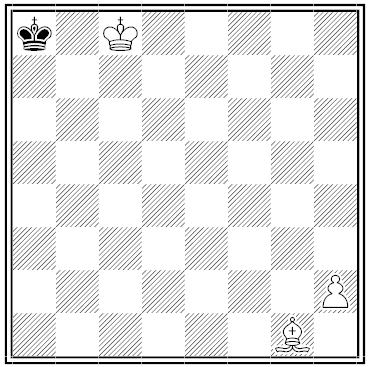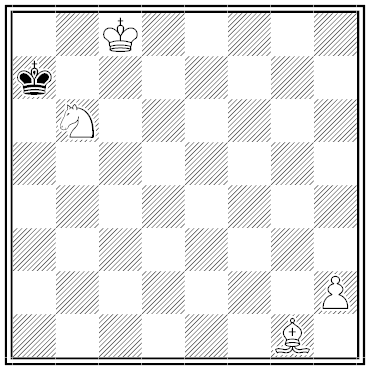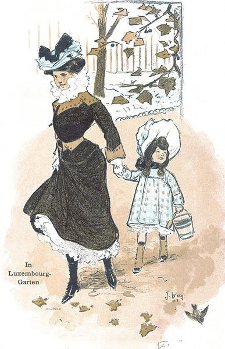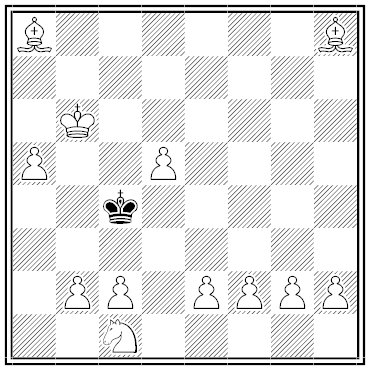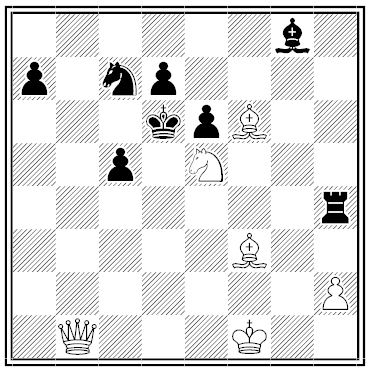A puzzle by Henry Dudeney:
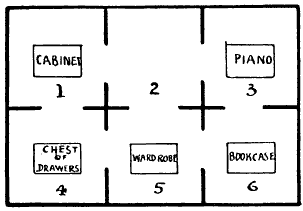
The Dobsons secured apartments at Slocomb-on-Sea. There were six rooms on the same floor, all communicating, as shown in the diagram. The rooms they took were numbers 4, 5, and 6, all facing the sea.
But a little difficulty arose. Mr. Dobson insisted that the piano and the bookcase should change rooms. This was wily, for the Dobsons were not musical, but they wanted to prevent any one else playing the instrument.
Now, the rooms were very small and the pieces of furniture indicated were very big, so that no two of these articles could be got into any room at the same time. How was the exchange to be made with the least possible labour? Suppose, for example, you first move the wardrobe into No. 2; then you can move the bookcase to No. 5 and the piano to No. 6, and so on.
It is a fascinating puzzle, but the landlady had reasons for not appreciating it. Try to solve her difficulty in the fewest possible removals with counters on a sheet of paper.
|
SelectClick for Answer |
The shortest possible way is to move the articles in the following order: piano, bookcase, wardrobe, piano, cabinet, chest of drawers, piano, wardrobe, bookcase, cabinet, wardrobe, piano, chest of drawers, wardrobe, cabinet, bookcase, piano. Thus seventeen removals are necessary. The landlady could the move chest of drawers, wardrobe, and cabinet. Mr. Dobson did not mind the wardrobe and chest of drawers changing rooms so long as he secured the piano.
|


